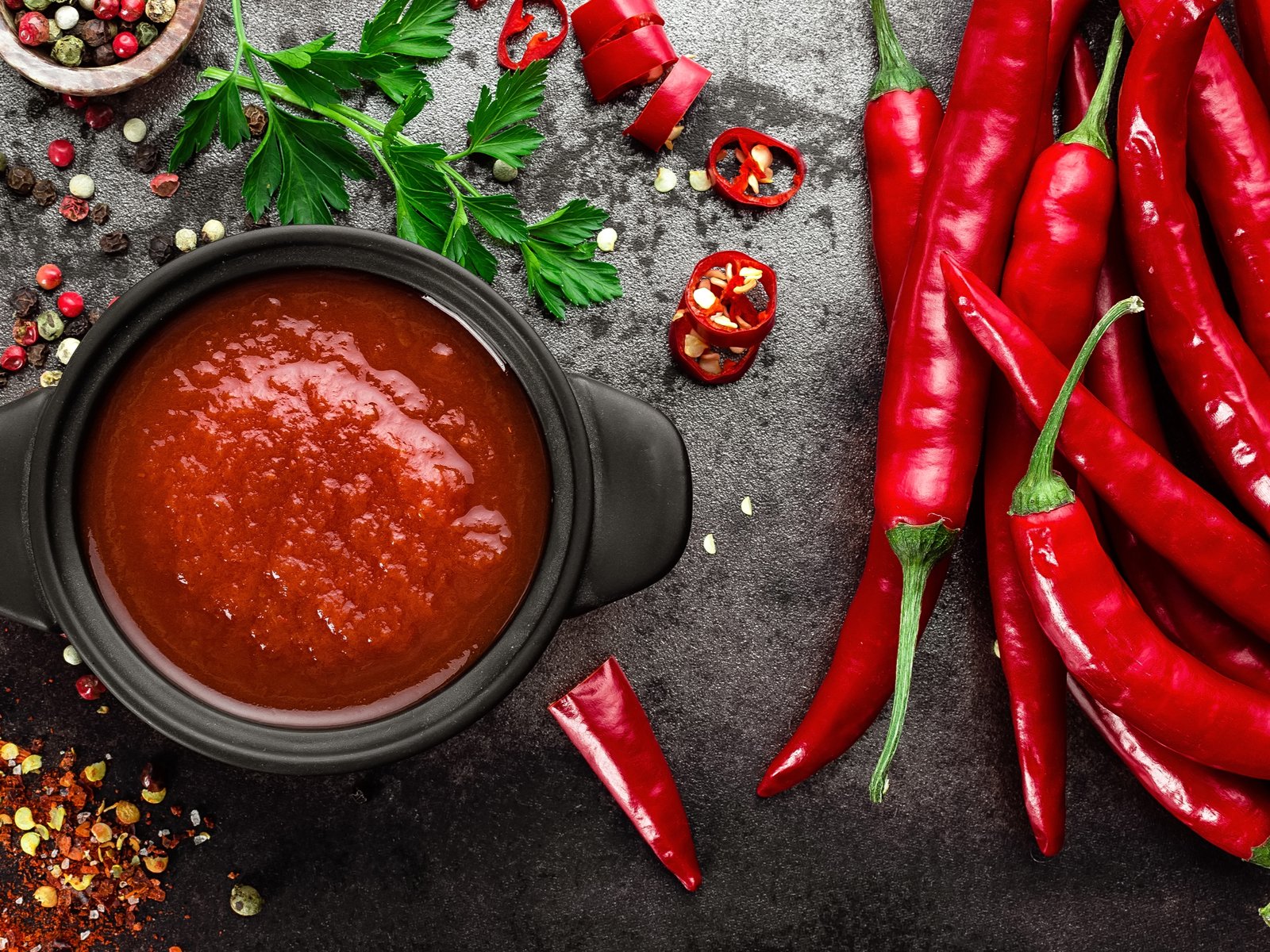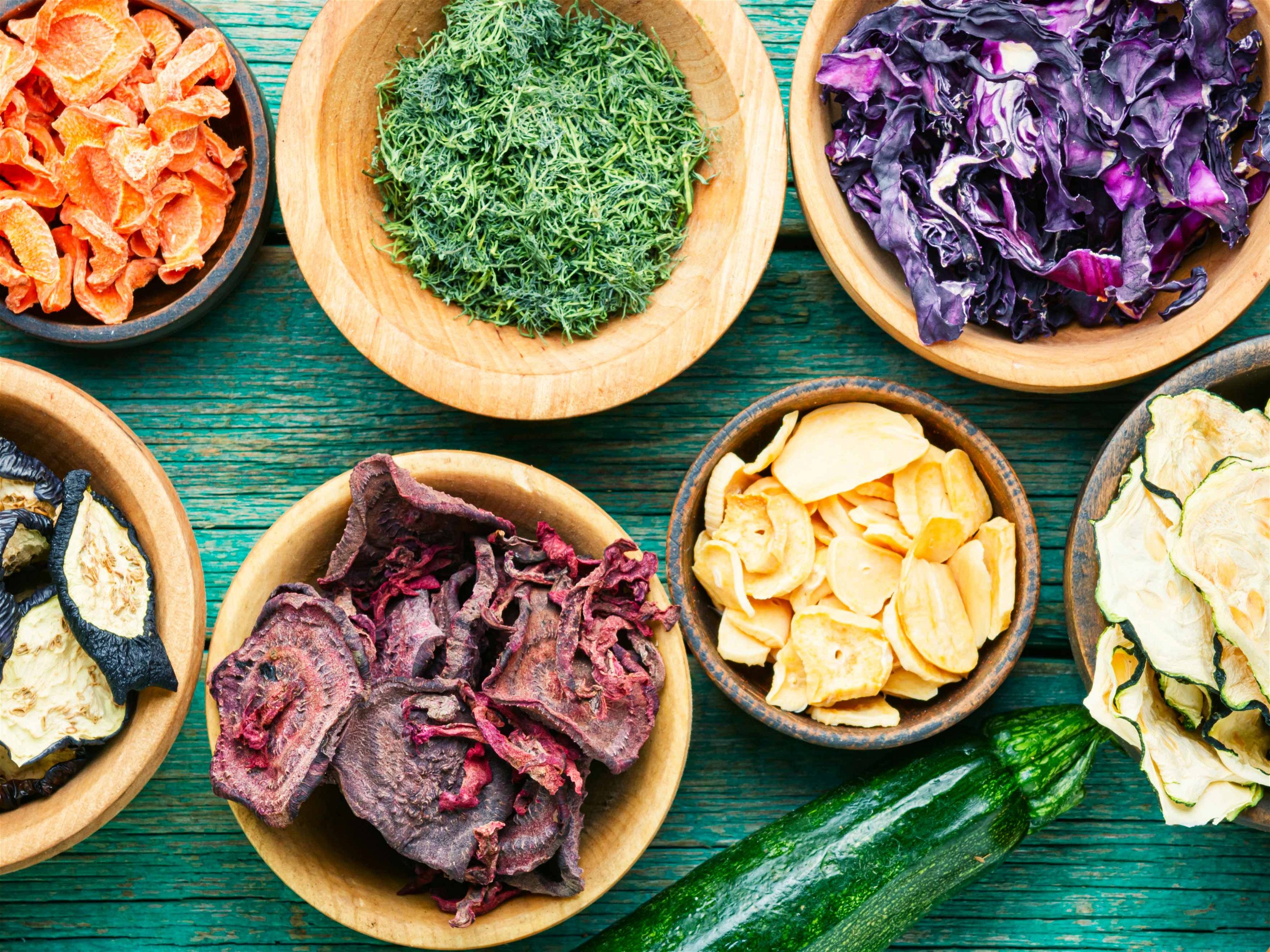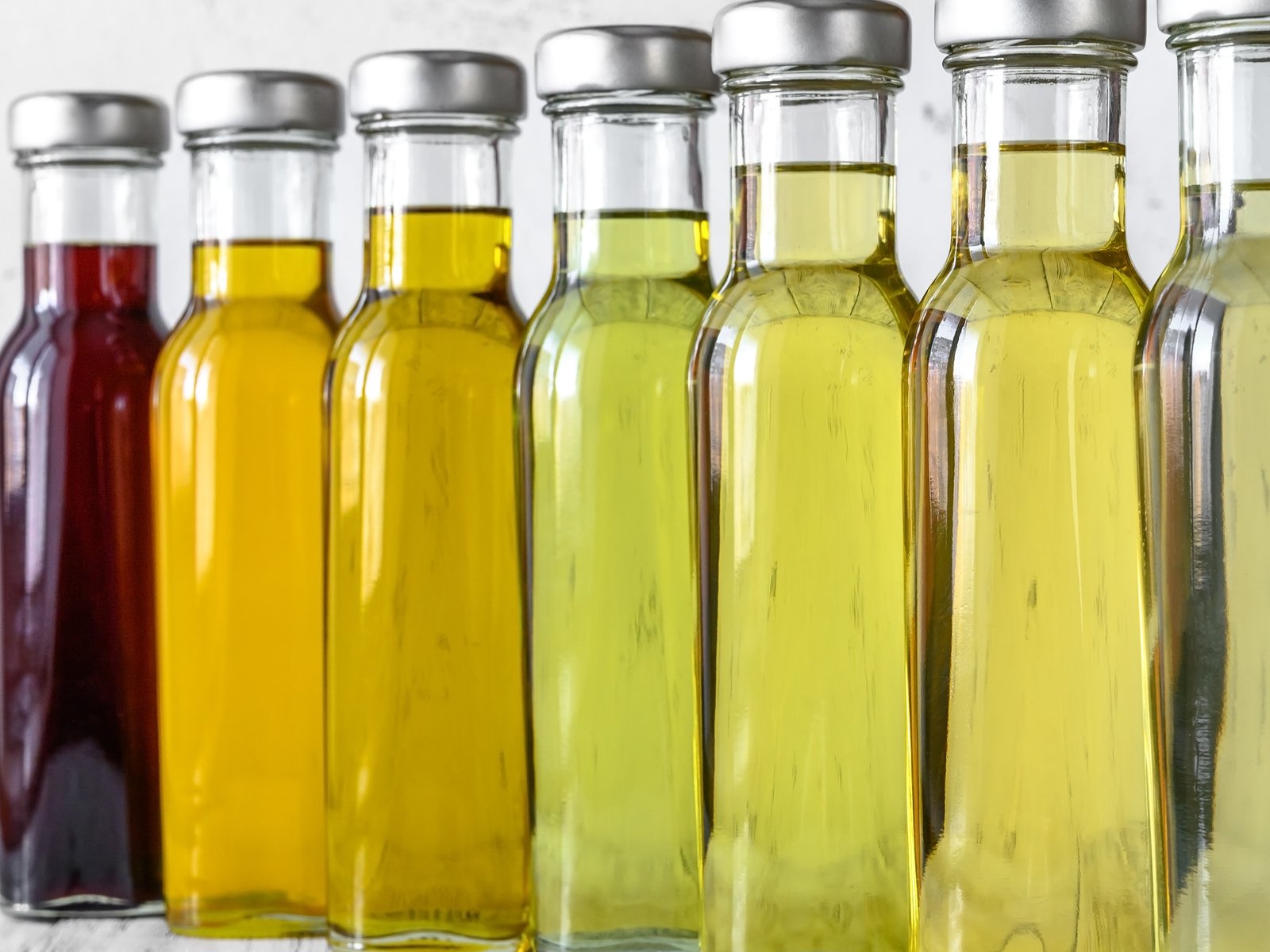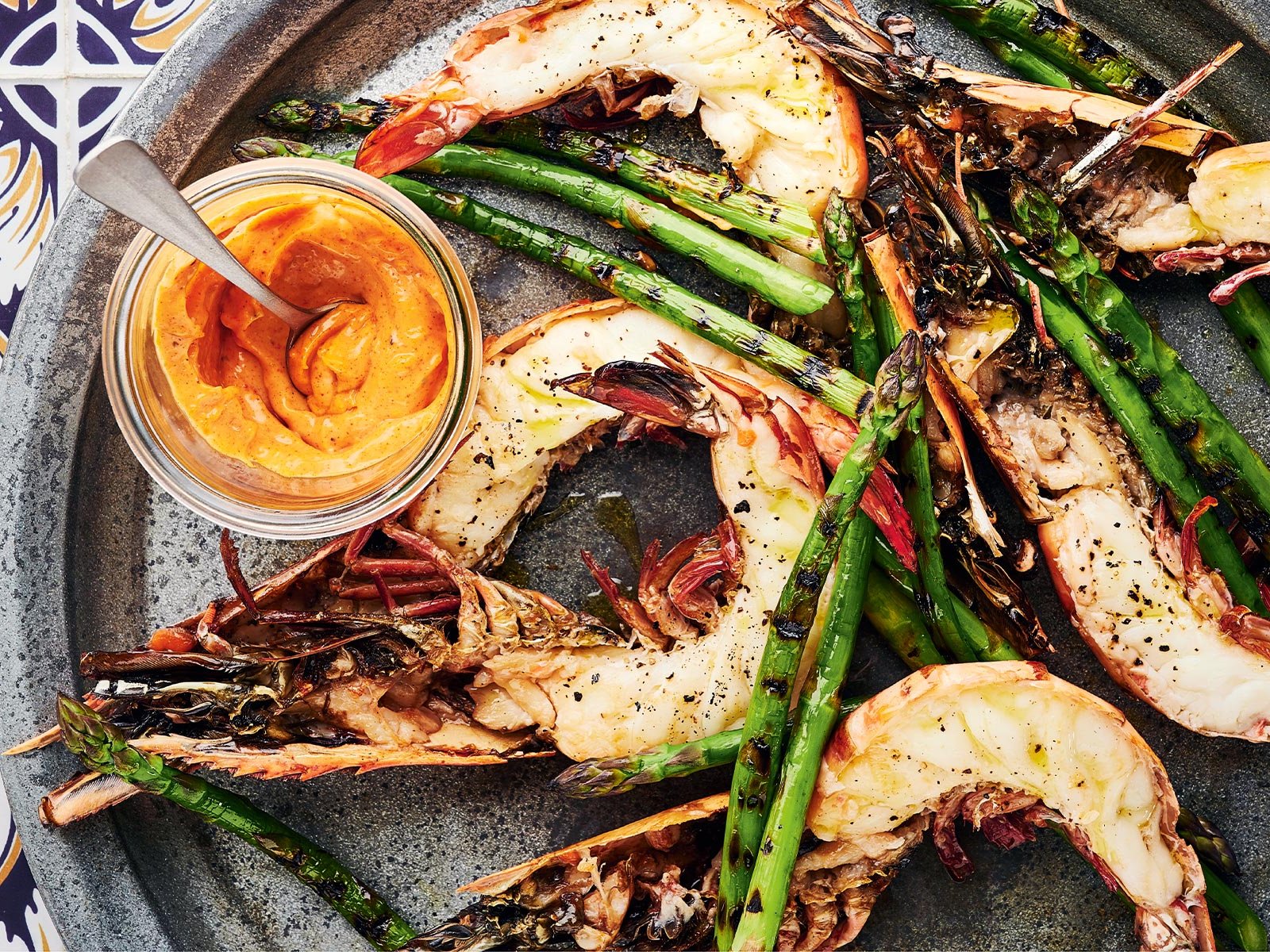Mustard: A Nostril-Tingling Guide
Mustard is a staple condiment, coming in a variety of guises – and levels of heat. Don’t ruin your hot dog: here’s a handy guide through five major styles.
1. French
The Asterix cartoons may be unusually quiet on this matter, but it’s likely that mustard formed part of a far wider legacy left by Romans on the region then known as Gaul. By the 13th century, French monks had refined their mustard expertise, and the Burgundian city of Dijon established itself as a major capital, although Meaux to the east of Paris remains another important hub.
Made in both wholegrain or smooth styles, French mustard carries a signature vinegar tang with great depth of flavour. While packing a punch, it is less hot than many English or German counterparts. Unsurprisingly, French cuisine has embraced this patriotic product, which is a key ingredient in the vinaigrette that adorns your compulsory side salad, as well as starring more prominently in classic dishes such as lapin à la moutarde.
Inventive chefs should also look out for novelty expressions from top producers such as Maille and Pommery. Treat that mustard-loving friend to the truffle or Chablis options, then glaze your sausages with the honey version.
2. English
If you like a bracing, nostril-clearing hit to your mustard, then grab a jar of the English stuff. By far the most famous producer is Colman’s, whose bright yellow packaging reflects the equally vibrant turmeric-infused contents. Inextricably linked with the city of Norwich for over 200 years, 2019 saw owner Unilever controversially shift production elsewhere.
For a more artisan, even feistier English mustard experience, look for Tewkesbury mustard. Named after a Gloucestershire town, which sits at the confluence of the rivers Avon and Severn, this version incorporates a bonus hit of mustard’s fiery relative, horseradish. William Shakespeare, who lived in nearby Stratford-upon-Avon, has none other than this magazine’s namesake Falstaff describe rival Poins as having “a wit as thick as Tewkesbury mustard”.
In England, mustard is inextricably linked to some of the nation’s favourite dishes. Don’t even think about serving roast beef, bangers and mash or the classic ham sandwich without a hearty dollop of mustard. Colman’s mustard also comes in useful powdered form, ideal as a dry rub for meat, part of a spice mix, adding to savoury biscuits or using interchangeably with the paste version to add a kick to cheesy Welsh rarebit.
3. German
Sharp, sweet or somewhere in between? German mustard has every base covered. The popular Löwensenf brand from Düsseldorf, on the country’s western side, is similar in style to Dijon mustard, with a smooth texture and distinctive kick. Try some with the local bratwurst or added to your Halve Hahn, a rye bread roll filled with butter, cheese, onions and pickles that’s a staple snack best washed down with an equally indigenous Altbier.
For a gentler mustard experience, head down to Bavaria in the southeast of Germany, where the Händlmaier brand offers a wholegrain expression sweetened with brown sugar. Add some to your Weisswurst, this region’s pale-coloured veal sausage. Another natural match is Leberkäse, a mix of corned beef, ground pork and bacon baked into a loaf and served from any self-respecting Bavarian fast food stall.
Be careful though. Personal mustard preferences can trump local pairings, as one Munich market stallholder found out recently when a disgruntled customer called the police after she added sweet rather than hot mustard to his Leberkäse.
4. American
When German immigrants arrived in the US, they brought their sausage culture with them. It didn’t take long for busy New Yorkers and baseball crowds to embrace the cheap, cutlery-free, fast food success story that is the hot dog, complete of course with a squeeze of mustard.
The most famous US mustard brand has to be French’s. Like English mustard, it contains turmeric for that vivid yellow colour, but this is a far milder beast. The initial tang is off-set by a gentle sweetness that’s fully family friendly. Especially in the southern states, US foodies deploy mustard to great effect in an array of barbecue sauces. Why not whip up some punchy Carolina Gold to slather on your next portion of pulled pork.
Another mustard with unlikely cult status in the US is Grey Poupon. It may have originated in Dijon and still bear that name on its jar, but these days all US stock is actually made in Michigan using Canadian mustard seeds. Featured in lyrics by stars including Kanye West, Jay Z and Aerosmith, the brand’s helpfully rhyme-friendly name has made it popular shorthand for those who enjoy the finer things in life.
5. Indian
Mustard certainly isn’t the preserve of Europeans. Indeed, it may well have originally travelled west from India, where the plant grows wild in the Himalayan foothills and is believed by some archaeologists to have been cultivated as early as 3,000 BC.
Today, mustard seeds remain an important ingredient in much Indian cuisine, from Bengali fish dishes to southern lentils, the hot curries of Madras or Chennai and the coconut-based curries of Gujurat. Then there are those delicious Kashmiri or Punjabi lamb dishes cooked in mustard oil.
Bengal also has its own version of a mustard-based condiment, called kasundi, although it nudges closer to a pickle or chutney than most European renditions. Pungent and sharp, kasundi can vary considerably according to fiercely defended family recipes and accepted variants. In essence though, it is made by fermenting mustard seeds and an array of spices, with the addition of tomatoes or mango both common twists. Used variously as a sauce, dip, sandwich filler, salad dressing, rice accompaniment or even burger relish, kasundi adds oomph to a meal in very much the same way as its mustard cousins.














